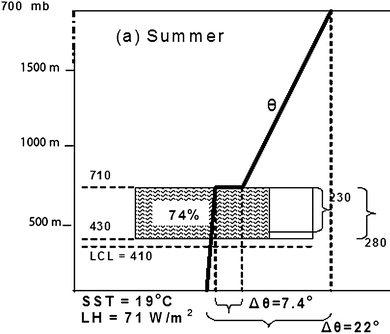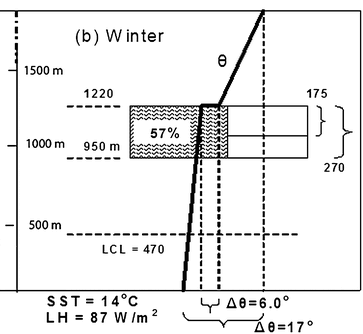Seasonal Variation of the Physical Properties of Marine Boundary Clouds
Submitter:
Zhang, Minghua — Stony Brook University
Area of research:
Cloud Distributions/Characterizations
Journal Reference:
Science
Marine boundary la
Impact
ARM data from the AMF Point Reyes deployment are used to validate an algorithm of deriving cloud-top and inversion height from satellite measurements off the California coast. This enabled the construction and synthesis of the cloud macrophyical properties and their seasonal variations.
Summary
The main results from this study are as follows: (1) MBL clouds over the northeast subtropical Pacific are more prevalent and associated with a larger in-cloud water path in the summer than in winter. (2) The cloud-top and cloud-ba



